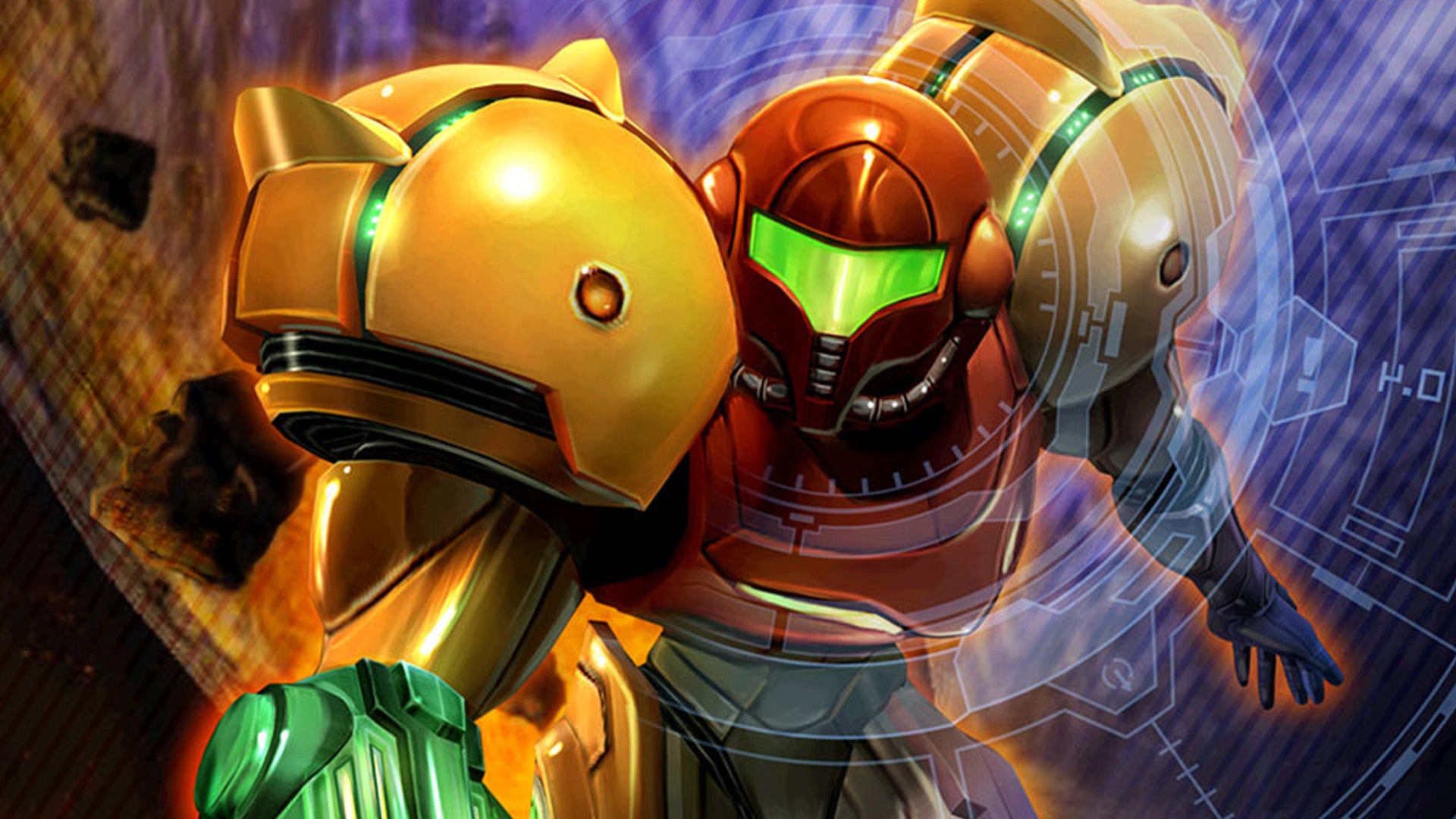[ad_1]

Metroid Prime The 20th anniversary is coming up, and even if there’s no remaster announcement, the developers of the original have at least shared some cool secrets.
Those of us who remember the release of Metroid Prime have probably turned to dust from the first sentence (I don’t, I don’t remember, sorry to everyone who does), but yes, Metroid Prime turns 20 next week, on the 18th. of November. To mark the occasion, programmer Zoid Kirsch has decided to share some secrets you might not know about the game since it started on November 18, with plans to continue sharing some every day until the anniversary.
The first fact he shared is one that you probably won’t be surprised to hear. Those long door opening sequences? Yes, it’s just the rooms that are slow to load. Kirsch explained that at most two rooms can be loaded at once, which explains why rooms with multiple exits can only have one door open at a time.
The 20th anniversary of Metroid Prime’s release date is November 18. Every day until then I’m going to tweet a little story about its development. Here’s the first one:
— Zoid Kirsch (@ZoidCTF) November 8, 2022
One of the coolest facts is about one of the effects in the game, one that causes Samus’ visor to fill with noise whenever she is near the Pulse Bombu, obstructing her vision. Kirsch noted that because the GameCube only had 24 MB of RAM, “all textures [had] be carefully considered.”
Kirsch noted that using a lower resolution texture to save memory would only make the static look blurry instead of sharp as you would like. So how did they achieve the effect? An engineer came up with the idea to literally use the memory that contains Metroid Prime’s code, which honestly rules so much.
“When you see Samus’s visor affected by electrical ‘noise’ in-game, you are actually seeing the bits and bytes of the Metroid Prime software code on the screen,” Kirsch wrote. “Turns out the machine code is random enough to work very well as a static noise texture!”
Head over to Kirch’s Twitter for more, as it’s always a treat to get such rare information on Nintendo games in particular.
Of course, we are still waiting to hear more about metroid prime 4 (which is still in development), but we may have to continue playing the waiting game.
If we were to use a low resolution (64×64) texture to save memory, the “static” would be blurry and not sharp. An engineer on the team came up with a great idea: what if we only used the memory that contains the Metroid Prime code? We quickly tried it out and it looked amazing.
— Zoid Kirsch (@ZoidCTF) November 8, 2022
[ad_2]